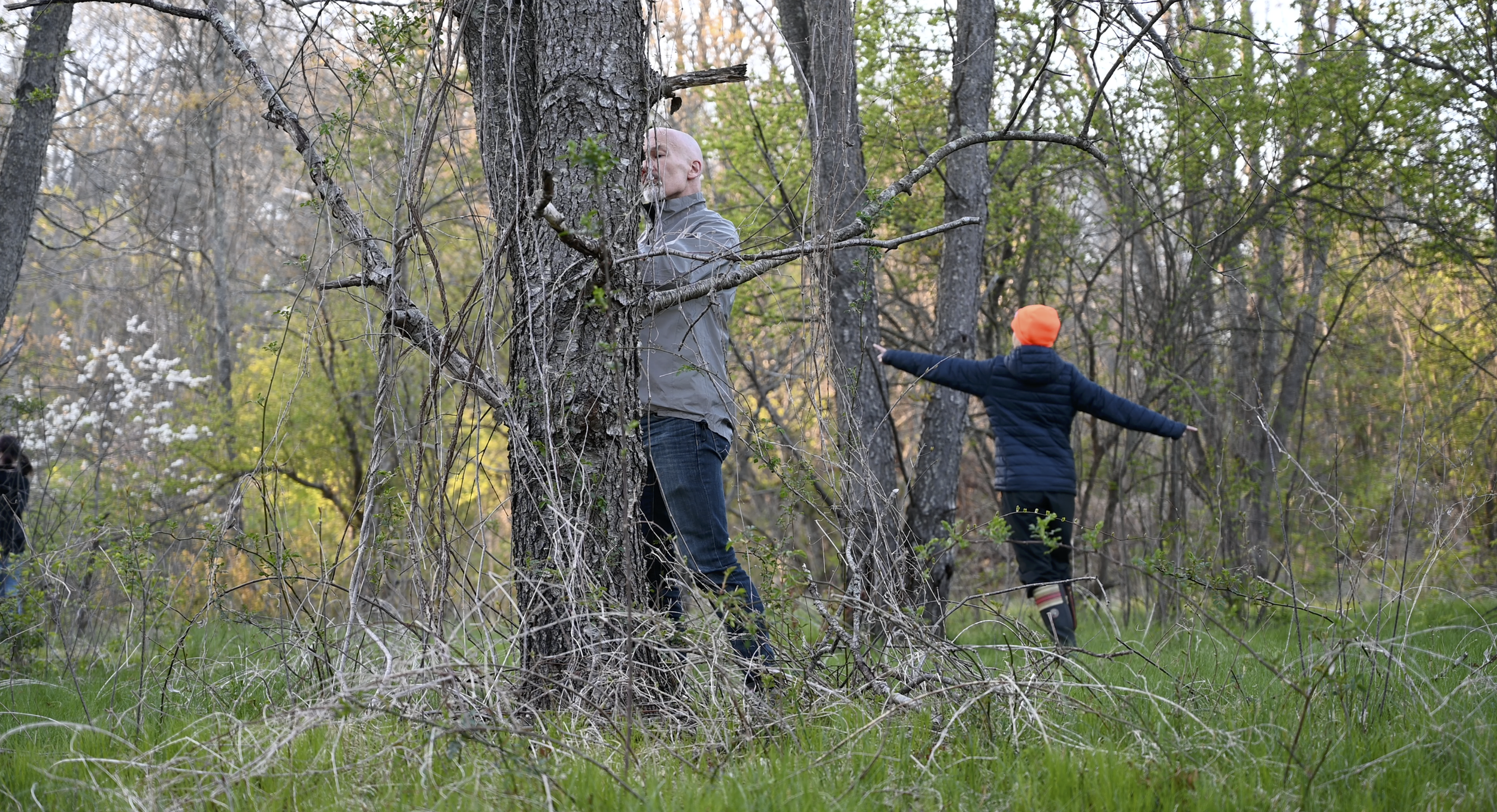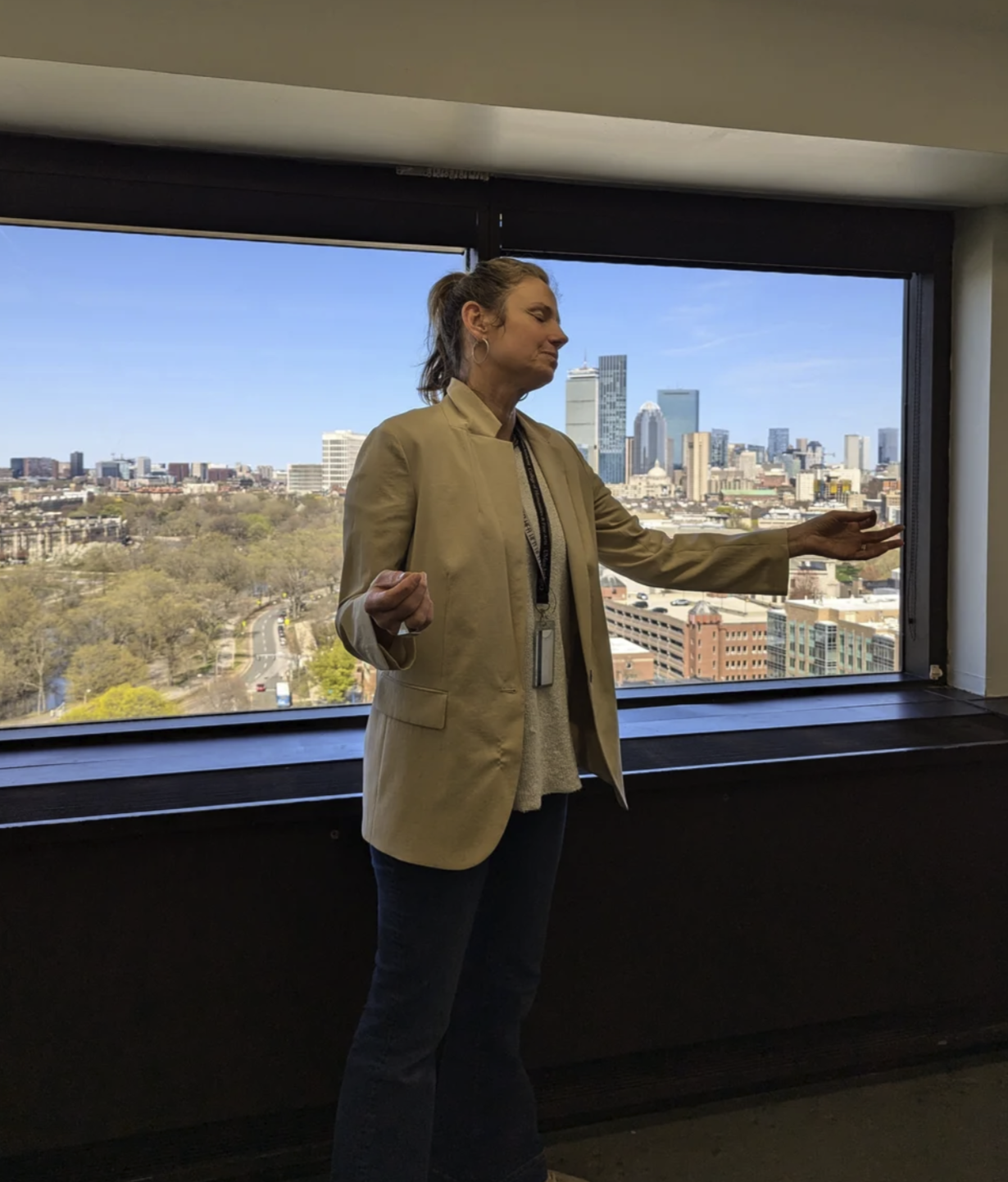
The Urban Tree Oracle
A multi-sensory collective tool for climate resilience,
which invites an embodied communing with our more-than-human kin, urban trees.
A child of ancient divination tools that look to the natural world for clues, the Urban Tree Oracle fosters an animistic awareness and insight into the countless threads that bind all beings together in relationship.
The Urban Tree Oracle is a collective tool for climate resilience through a series of scores, embodiment exercises, handmade tree ink, and drawing prompts that introduce us to our more-than-human kin, urban trees. Our urban tree canopy has an essential role in climate adaptation The 26 trees include ones that are considered “invasive” or “weed” trees, others that were planted intentionally and some that have seeded themselves.
One aspect of each tree’s role in our ecosystem is highlighted and translated to participants through a poetic score, which is experienced in embodied sensory experimental practices. The tree speaks through the Urban Tree Oracle by way of their tannins, pigments, and material self, which are processed into inks used to create oracle cards through a monoprinting and drawing process.
Join the Urban Tree Oracle
The Urban Tree Oracle is free and open to all.
Each season we get to know an urban tree through in person gatherings in the greater Boston area, as well as US mail works, a newsletter, and solo experiences. We are working in partnership with local community organizations and institutions, which you can find out about on each tree page.
I invite you to take part in a number of ways:
Be part of a gathering with an urban tree in the Greater Boston area in 2024-26
Receive a monthly newsletter with images, musings, and scores about urban trees
sign up here
Host a tree gathering on your sidewalk, plaza, courtyard, yard, urban wild, lead by Jane D. Marsching
If you are interested in joining or hosting, please fill out the form to get information.
Events coming up:
December 21, 2025, Winter Solstice gathering with Pine
Hyde Park, MA
February 2026, gathering with Maple in Hyde Park
June 2025 gathering with Birch via USPS
Spring 2026 Gathering with Hickory
Governors Island, NYC
The Sylvan typeface was designed in 2003 for the Urban Tree Oracle project by Jane D. Marsching and hemlock, specifically the hemlock growing outside her studio window, who inspired the project. Together they printed each letter by pressing tiny fallen twigs into letter formations. It exists as wood letterpress type and a digital typeface.































